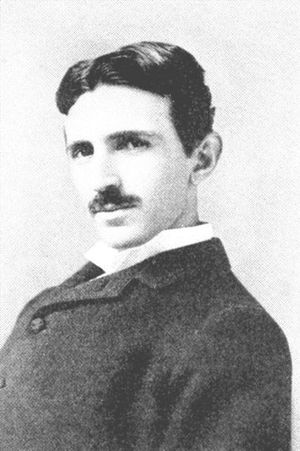Tesla's Electro-magnetic motor
On 12 October 1887 in New York Nikola Tesla filed a patent on an "electric magnetic motor"; in this application he claimed not only the invention of an AC motor but also a new system of power transmission; the patent was granted 1 May 1888.
In his patent application (#381,968]), Tesla pointed to the need for a new system of electrical conversion and transmission. He believed his system would solve three major problems. His motor could produce a uniform speed irrespective of its load; it was cheaper, simpler, and more reliable than existing systems; and, it was easy to maintain, reducing the hazards of high tension currents.
Tesla’s motor broke with previous direct current (DC) motors by eliminating the need for a commutator—an external switch that reversed the direction of the current in the rotor every 180 degrees to make sure it stayed spinning in one direction. Working out of a machine shop in New York, he designed a new kind of motor—alternating current (AC)—which did not need a commutator. Instead of mechanical switches, a rotating magnetic field spun the rotor used to convert electrical energy into mechanical power. With this innovation, alternating current could be generated efficiently.
Tesla received a patent on this invention in May 1888 and read a paper, “A New System of Alternate-Current Motors and Transformers, before the American Institute of Electrical Engineers at Columbia University on May 16, 1888. Tesla sold his invention to the Westinghouse Electric Company, and AC soon became the standard for powering homes and offices in the United States.
